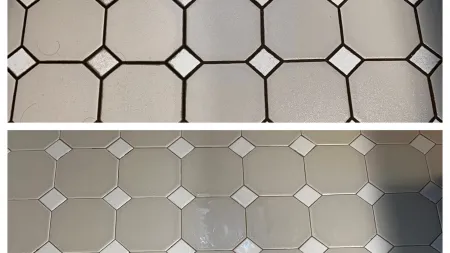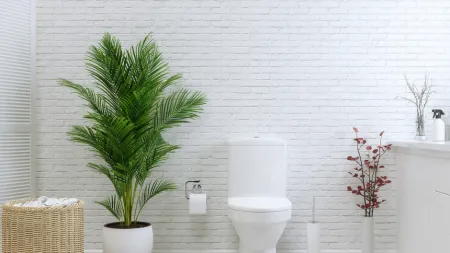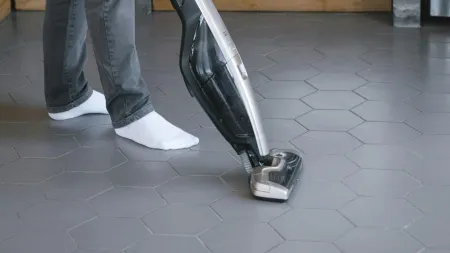Cold Floor Tiles: Why They're Cold & How to Warm Them Up
Do you have tile floors in your house? Would you agree that tile floors feel cold in winter?
Many people have the argument that their floors feel colder during the winter months because the tiles feel super cold when being walked across.
Is there a way to combat that feeling - and if so, why do people have tile in their main rooms in the first place? Let's talk about the pros and cons of tile and what other options might be available.
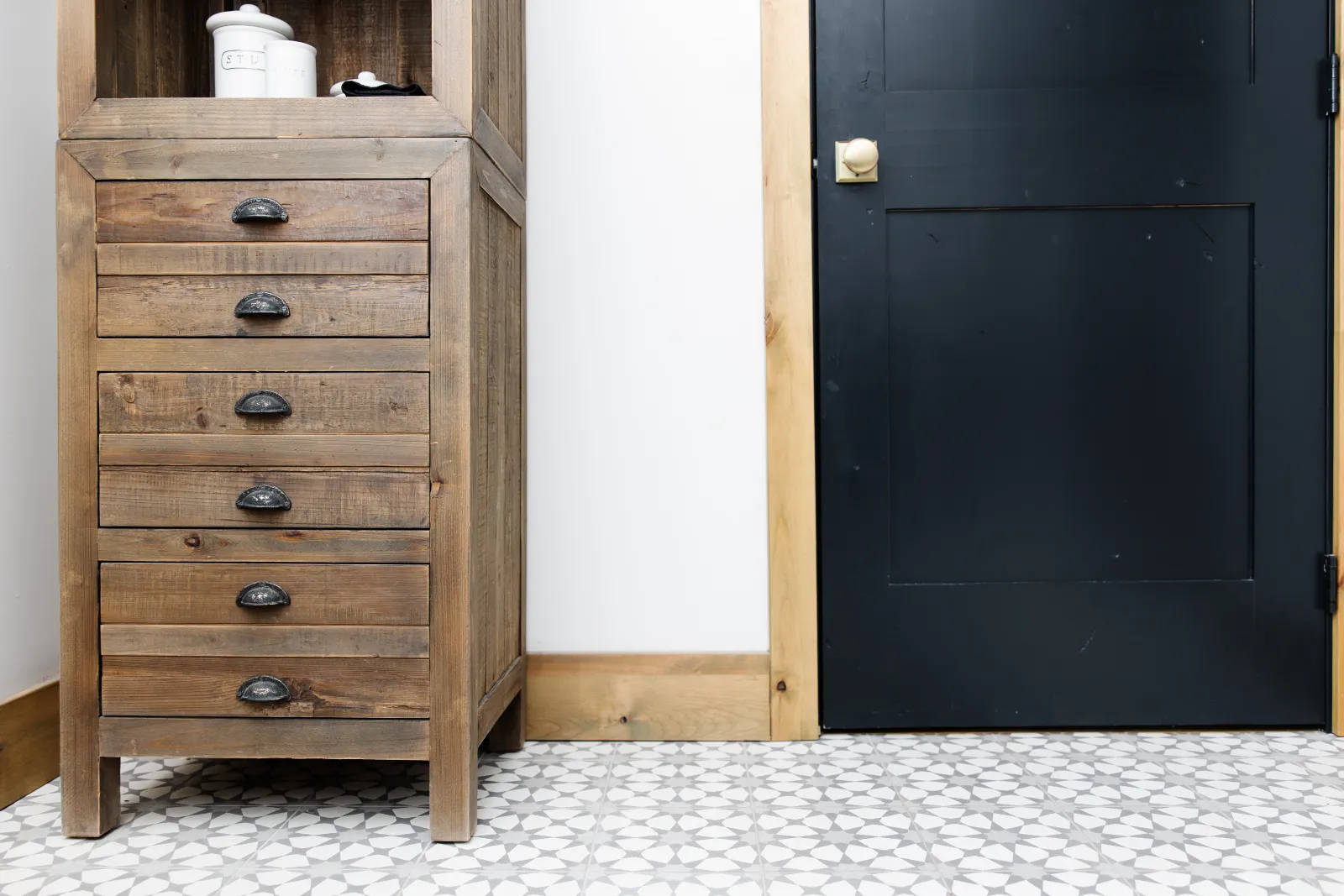
Are houses with tile floor colder in winter?
Yes, to an extent.
While the actual temperature of the room might be the same, the tile floor is going to feel colder on your feet than carpet or hardwood would.
But, if your home has underfloor heating, the room is properly insulated, and you keep the temperature of your home high enough in the winter, it likely won't feel that much colder than in other seasons of the year, or may only feel subjectively colder, depending on the person.
However, the tile does often feel colder, even if the air temperature in the room is the same.
Why does tile feel colder than carpet?
Tile is hard and thick in terms of texture and feel, so it's not going to absorb heat but rather repel it. This means that the tiles will feel colder when the weather outside is cold.
Carpet is thick and fluffy and has multiple layers to it. This helps to retain heat, and the softness of the carpet releases that warm feeling on your feet, creating warmth in the room. This insulation slows down the heat transfer process and makes the carpet feel warmer to the touch.
Why is my tile floor so cold?
There are a few scientific reasons why tiles in some rooms can feel colder than others.
- Thermal conductivity: Thermal conductivity is a measure of how well a material can conduct heat. Tiles are usually made of materials like ceramic or stone, which are excellent conductors of heat. When you touch a tile floor, it quickly conducts heat away from your body, making it feel cold.
- Insulation: Insulation helps slow down the transfer of heat. Carpet provides more insulation than tile as it contains air pockets within its fibers and padding, which act as insulators, reducing the rate at which heat is transferred from your body to the floor.
- Surface texture: The texture of tiles, with their flat and often smooth surface, allows for better contact with your skin, promoting efficient heat transfer. In contrast, carpet fibers are more irregular and provide less direct contact with your skin, reducing the rate of heat transfer.
- Air circulation: Tiles tend to have lower resistance to airflow, which can lead to convective heat loss. When there is air movement in the room, such as from heating or cooling systems, the air passing over the tile surface can further enhance the sensation of cold, as it carries heat away from your skin.
- Perceived temperature: The sensation of cold or warmth is not solely determined by the actual temperature of the material but also by how quickly it can absorb or release heat from your body. Since tiles can rapidly absorb heat, they feel colder when touched, even if their temperature is the same as the surrounding air.
The combination of thermal conductivity, insulation, surface texture, and air circulation all contribute to the perception that tiles feel colder than carpet and other surfaces when you touch them. It's not just about the actual temperature of the materials but also their ability to interact with and transfer heat from your body.
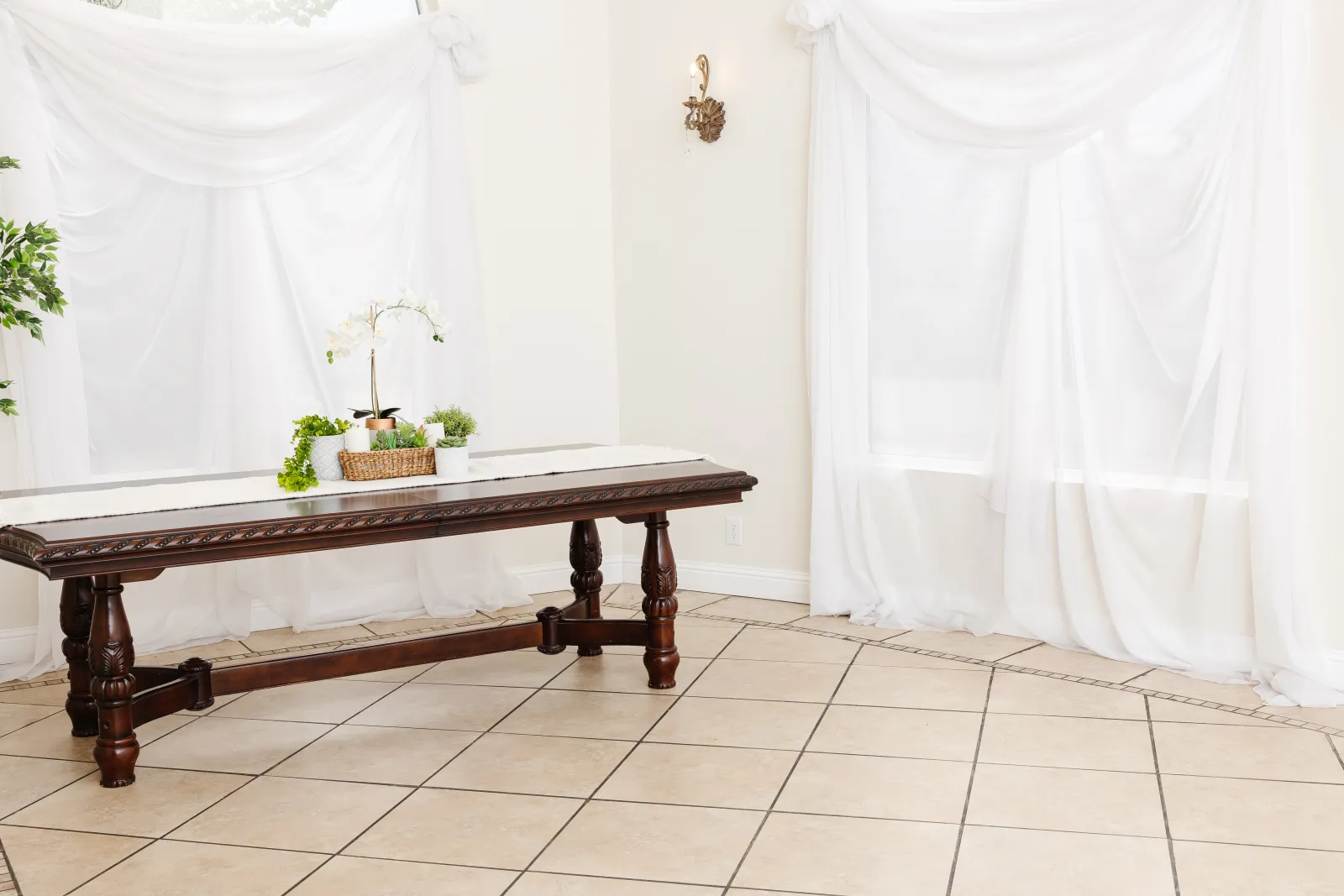
What are the warmest floor tiles?
The good news is that among tile variants, some are naturally warmer than others.
Natural stone tiles, such as slate or travertine, tend to feel warmer than ceramic or porcelain tiles. This is because natural stone is not as efficient at conducting heat as ceramic or porcelain. Stone tiles can retain heat longer and feel less cold when touched. In contrast, tiles made of materials like cork or wood tend to feel warmer because they have lower thermal conductivity.
Thicker tiles, like those in the 10mm to 12mm range, can feel slightly warmer than thinner tiles because they provide more insulation against the cold subfloor. However, the difference in warmth may not be substantial.
Tiles with a matte or textured finish tend to feel warmer than those with a smooth, glossy, or polished finish. The matte or textured surface provides more friction and less direct contact with the skin, making them feel less cold.
Dark-colored tiles tend to absorb and retain more heat than light-colored tiles. Therefore, dark tiles can feel warmer to the touch, especially if they are exposed to direct sunlight.
If you want to ensure warm tile flooring, you can consider installing proper insulation and subfloor materials as well as an underfloor heating system. This system can warm the tiles from beneath, making them feel comfortable and cozy. Tiles made from various materials can be used with underfloor heating systems.

How to warm tile floors
If you have a cold tiled room in your house, there are several things you can do to warm it up, especially that don't require you to rip out the tile and replace it with a different type of flooring! Warming up a tiled room in the winter can be achieved through various methods, all which work to improve its comfort and create a cozy environment.
Here are some strategies to consider:
- Area Rugs: Placing large area rugs or carpets on top of the tile can add insulation and make the space feel warmer. Rugs come in various styles and sizes, allowing you to choose the one that best suits your decor.
- Underfloor Heating: Installing underfloor heating systems, such as electric radiant heating or hydronic (water-based) systems, can be an effective way to warm up tile floors from below. This can make the entire room feel more comfortable. Keep in mind that this can be a significant investment.
- Seal Gaps and Insulate: Check for any gaps or cracks in the room, especially around windows and doors, and seal them to prevent drafts. Also, consider adding extra insulation to the walls, ceiling, and attic to help maintain a more stable room temperature.
- Window Coverings: Use heavy curtains, thick drapes, or thermal blinds to minimize heat loss through windows and doors. These coverings can provide an additional layer of insulation and help retain heat as they create an additional barrier against cold drafts.
- Space Heaters: Electric space heaters can be used to supplement the room's heating system. Make sure to use them safely and according to the manufacturer's instructions. Consider energy-efficient models with built-in thermostats.
- Reverse Ceiling Fans: Ceiling fans can be used in reverse mode during the winter to circulate warm air that naturally rises to the ceiling back down to the floor. Furniture Placement: Arrange furniture to block drafts and create cozy seating areas. Placing furniture strategically can help you feel warmer when you're in the room.
- Humidifiers: Increasing indoor humidity can make a room feel warmer. Dry air can make a room feel cooler, so using a humidifier can help with comfort.
- Warm Lighting: Use warm-colored lighting, such as yellow or orange-toned light bulbs, to create a cozy atmosphere in the room.
- Door Draft Stoppers: Install draft stoppers at the bottom of exterior doors to prevent cold air from entering the room.
- Dress Warmly: When spending time in the room, wear warm clothing, such as sweaters, socks, and slippers, to stay comfortable.
Remember that combining several of these strategies can be the most effective way to warm up a tiled room in the winter. The choice of which methods to use will depend on your preferences, budget, and the specific characteristics of the room. Tile flooring is going to keep a room cold while adding carpet in the room will create a barrier and softness to the room that will feel a lot warmer to your toes.
How do I keep tile window sills warm in winter?
If you have a tiled window sill, it can feel pretty chilly in the winter months. To increase its comfort and warmth, try the above tips as well as the following:
- Insulate the Window: Ensure that the window itself is properly insulated. You can use weather-stripping to seal any gaps or drafts around the window frame. Adding a clear plastic film over the window can create an additional insulating layer.
- Window Insulation Film: Apply a window insulation film to the inside of the glass. This film creates an additional layer of insulation and reduces heat loss.
- Window Coverings: Use insulating window coverings like heavy curtains, thermal blinds, or cellular shades. These can help trap warm air near the window and prevent cold drafts.
- Caulking and Sealing: Check for any gaps or cracks in the window sill area and seal them with caulk or weather-stripping. Pay attention to the joint between the window frame and the sill.
- Draft Stoppers: Place draft stoppers or draft snakes along the bottom of the window sill. These can help prevent cold air from seeping in.
- Radiator or Baseboard Heater: If your window sill is near a radiator or baseboard heater, make sure that it's working efficiently and producing heat. This can help warm up the immediate area, including the window sill.
- Window Inserts: Consider installing interior storm windows or window inserts. These can add an extra layer of insulation and help keep the cold air out.
- Insulated Window Sill Covers: Specialized insulated window sill covers or caps are available that can be installed over the tile sills. These can provide an additional layer of insulation and create a warmer surface. Use
- Fabric or Padding: Placing soft towels, linens, or other fabric or soft padded material on the window sill can help give it more insulation and make it a more comfortable and warmer area.
- Window Sealing Kits: Use window sealing kits that are specifically designed for insulating windows during the winter. These kits typically include plastic film and double-sided tape for a tight seal.
- Maintain Room Temperature: Keep the room itself at a comfortable temperature. A warmer room will help prevent the window sill from feeling excessively cold.

Is carpet or tile harder to keep clean?
When it comes to carpet vs tile, both require a bit of maintenance and upkeep to have them looking sharp and clean. Both are easy to clean, but do require different cleaning methods to do so.
Tips for Cleaning Tile
- Use a cleaning solution that doesn't have harsh chemicals or additives as it can discolor the grout
- Tile and grout can yellow or become dingy due to using the wrong solution, so be sure to find one that cleans the tile well
- If the tile grout looks dingy and stained, it's time to call in professional tile and grout cleaning pros like Zerorez® who will have your tiles and grout looking new again, especially if they seal the grout after cleaning
Tips for Cleaning Carpet
- Make sure to spot clean stains as soon as they happen for the best results
- Let the carpet dry completely so that the stains don't happen again
- For dark carpet edges and dirty carpets that have stubborn stains, call in the carpet cleaning professionals to take care of the issue.
If you feel as though your floors are chilly, it might be time to ask yourself if changing from tile to carpet is a good idea. Keep in mind that tile and carpet both have their pros and cons, but narrowing those down can help you make a decision on which to have in your house.
